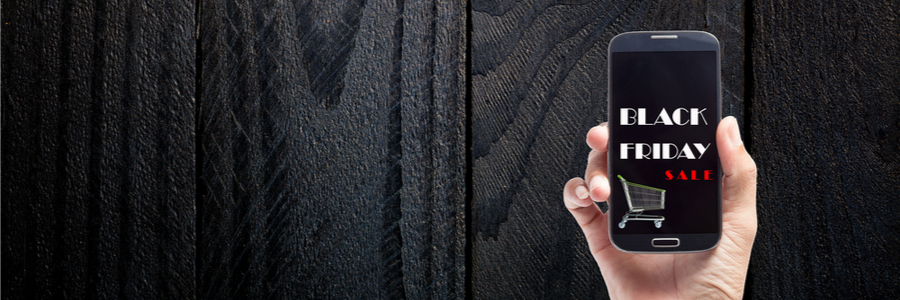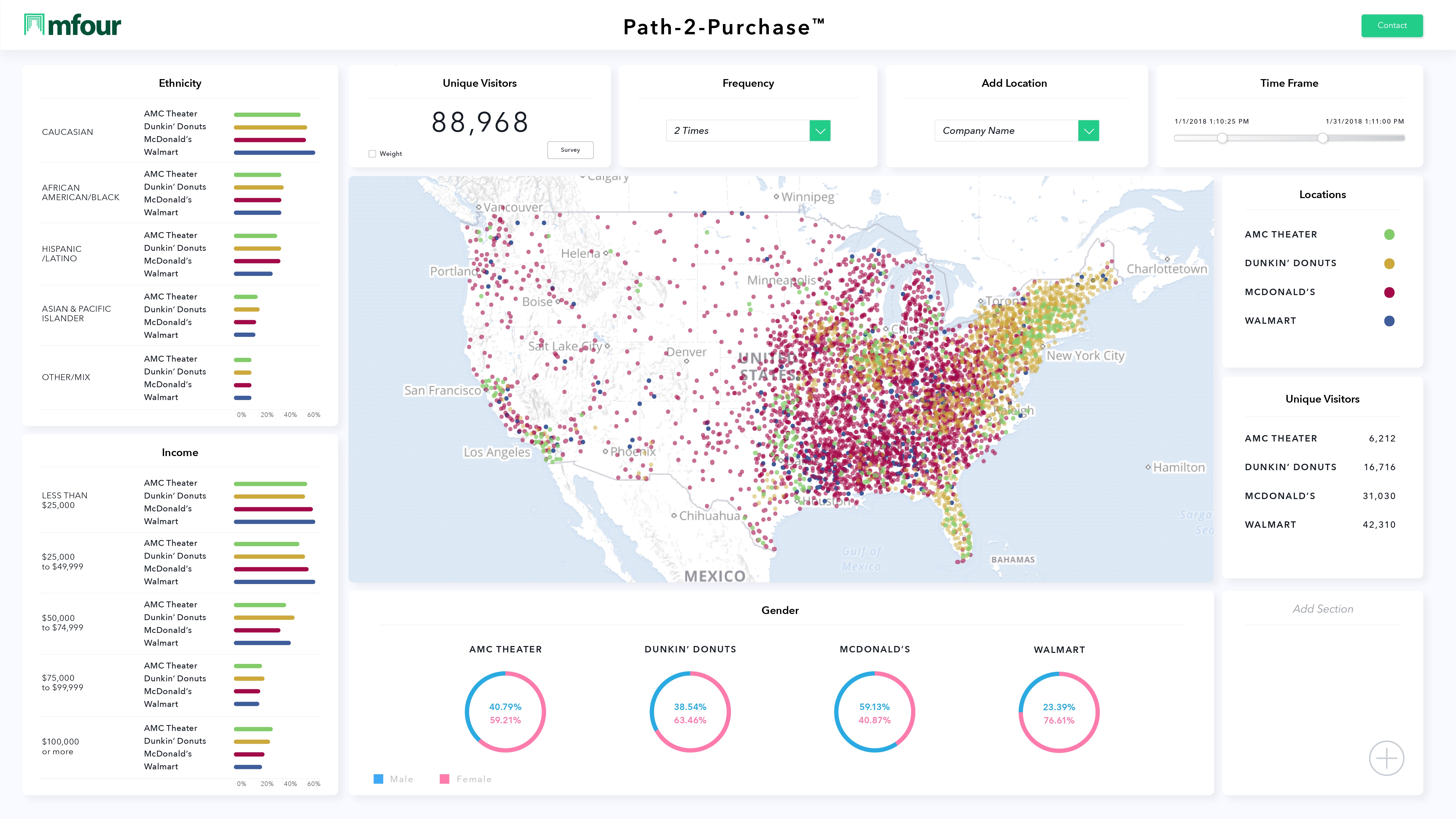
Steely Dan has spun many a memorable tune in a pop music career that earned it a spot in the Rock and Roll Hall of Fame, and one of them is right on target for every marketing and consumer insights pro who's gearing up for the big Thanksgiving shopping weekend: “When Black Friday comes, I’m gonna stake my claim.”
Steely Dan released its song, “Black Friday,” in 1975, when the title evoked disaster, not the biggest shopping day of the year. When Black Friday comes, brands and retailers need to claim as much market share as they can, and that means high stakes for the researchers whose data and analysis feeds product and marketing strategies.
A new report from Salesforce underscores why it’s especially important to make your research fast and flexible to obtain data day-by day-during the holiday shopping season. The key takeaway is that consumers will be using their smartphones moment-by-moment to shop and buy, just as they use them moment-by-moment for nearly everything else related to accessing, creating, and exchanging the information that drives most aspects of most mobile citizens’ economic and personal lives. Among the findings:
- 71% of consumers will use mobile devices while shopping in a brick-and-mortar store this holiday season, according to Salesforce.
- That’s a significant increase over the 62% who used phones in-store in 2017.
- In-store smartphone use will rise to 83% for consumers in the key 18- to 44-year-old age demographic.
Those uses will vary – from buying on mobile for future delivery, rather than plucking a product from a shelf or rack and taking it to the checkout stand, to researching products, to calling mom for advice on whether striped or solid is the way to go for dad’s new shirt.
To keep up with today’s fast and flexible mobile consumers, consumer insights pros need to be fast and flexible themselves.
Think of shopping as a process that used to run on a monorail from physical store to physical store, but now runs on two train tracks, mobile shopping and brick-and-mortar stores, that continually overlap. To maximize success on Black Friday through Christmas Eve, retailers and brands need to keep close watch on consumers’ movements along both tracks. And to fill that need, MFour created Path-2-Purchase® Platform.
For the first time, clients are observing mobile consumers’ physical journeys through 12.5 million U.S. locations, including all stores of the top 1,000 retailers and restaurant chains. At the same time, they’re aligning seamlessly with the new reality of smartphones as consumers’ most important shopping tool at every step along the path to purchase, whether in-store or lying on the living room couch.
- With Path-2-Purchase® you’ll target the consumers you need to understand, you’ll track their movements from store to store, and you’ll survey them at critical moments during or after a shopping visit. You also can reconnect with validated natural purchasers for in-home product use-tests.
- You’ll also gain unique context by appending extensive historical data that reveals your targeted consumers’ location journeys stretching back in time.
- Besides knowing exactly where they’ve gone, you’ll get a head start on knowing who they are, thanks to extensive profiling surveys that the 2 million-plus consumers who have downloaded the Surveys On The Go® mobile consumer research app have answered. You’ll see who fits the consumer profiles you need to understand, and target your research accordingly.
- For example, to prepare for Black Friday, you could start by identifying validated, first-party consumers who are observed regular visitors to your stores. No need to ask them whether and when they have visited relevant locations, because with Path-2-Purchase® you’ll have seen where they’ve been and know who they are.
- When consumers in your chosen audience enter or exit any of your relevant research locations, they’ll be identified through mobile GeoValidation® and you’ll push them a survey notification on the spot.
- If you need speedy data, you can expect a 25% response rate in one hour and 50% within 24 hours. Or you can stagger fielding if that’s the way to go, assured that the completes will arrive on schedule.
- Ask about the shopping experience your consumers are having right now, or just had. Ask about their plans for Black Friday shopping. Ask whether they plan to shop for a shirt for dad, or any other product or category that’s relevant to your research.
- Are your respondents already making a list and devising a strategy for holiday gift shopping? Who’s discount-oriented and planning to batter down doors or tap and scroll starting at 12:01 a.m. on Black Friday? Who hates fighting crowds and would rather shop when it’s less hectic, even if it costs more? If price isn’t their foremost motivator, then what is?
- Now field a location-based survey asking the same kinds of questions – except this time targeting your competitors’ observed shoppers. Knowing them gives you your best chance of prying them away from the competition.
- Once the holiday shopping season begins, you can keep a finger on consumers’ pulses by using quick-turnaround research options that will help you spot trends or address shopper-satisfaction issues in time for your stakeholders and decision-makers to press an advantage or correct a problem on the fly.
- You can visualize and identify audiences for your study with Path-2-Purchase®, then execute a quick-turnaround project with MFourDIY®, the only all-mobile do-it-yourself research platform (and the only one where “DIY” is a bit of a misnomer, because you can count on prompt, live support when you need it, from an MFour staff specialist).
For more ideas on fast-turnaround research that connects you to validated, first-party mobile consumers in the mobile and physical spaces they inhabit, and in time to make a real difference in sales, you can take a look at a holiday-specific case study by clicking here.
And for a productive talk about how Path-2-Purchase® Platform and other mobile-app research tools can power your specific projects, just click here.
When Black Friday comes, you’ll stake your claim to the advanced, fast-reflex mobile research approaches you need to understand consumers whose mobile and physical worlds haven’t just collided, but melded into one.



